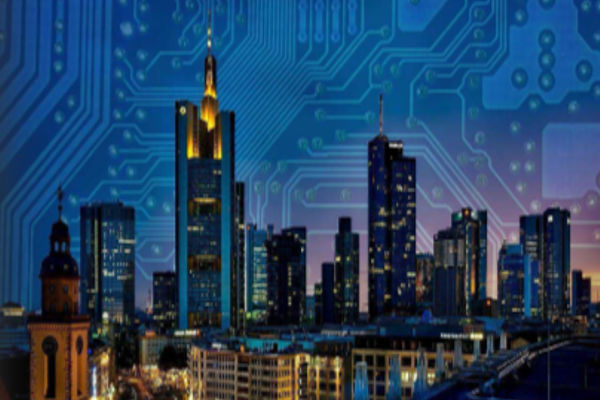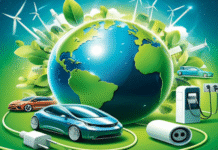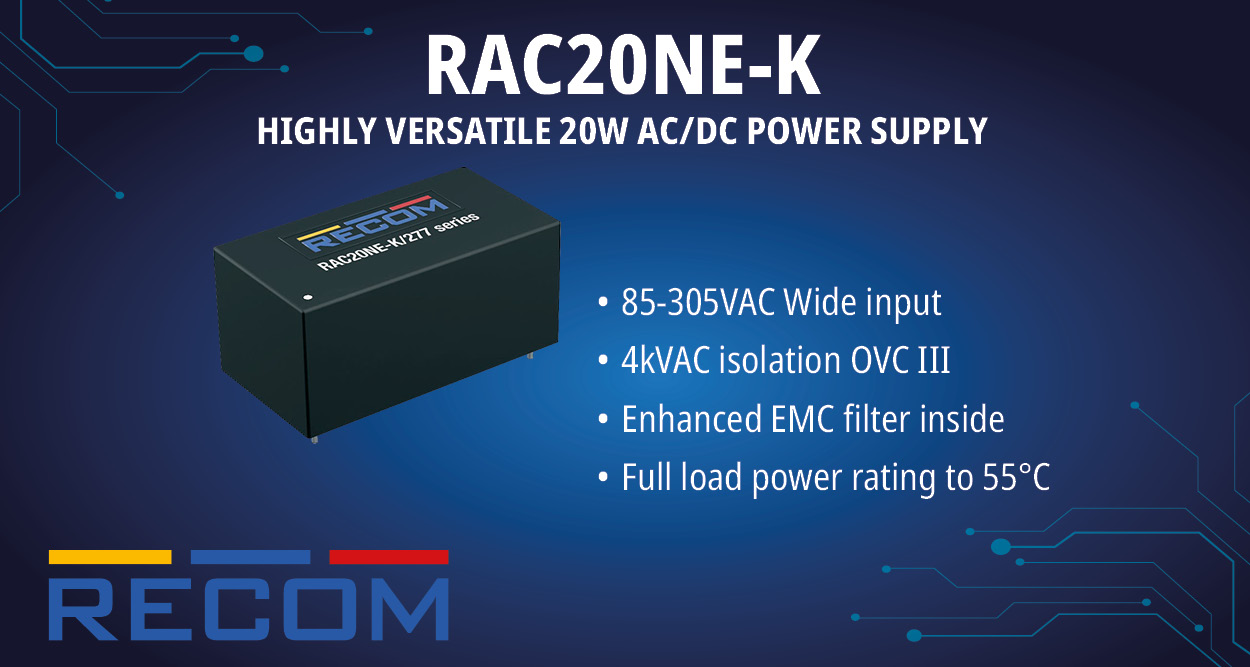Looking to 2025 the application of AI in smart cities is more relevant than ever before. Cities increasingly need to find space for rising populations without their further expansion leaving a greater impact on the environment. The Internet of Things (IoT) is revolutionizing the way cities are planned and developed and they can be made smarter, more efficient, and more sustainable. Through the integration of IoT technology in infrastructure, transportation, and public utilities, urban planners can improve residents’ quality of life while optimizing resource management. As we step into the future, IoT will be increasingly at the forefront of shaping the cities of tomorrow.
IoT and Smart City Market Growth
As per The Insight Partners, the global smart city market is projected to surpass a valuation of US$ 3110.58 billion by 2031 with a CAGR of 19.0% from 2022 to 2031. IoT and AI are at the core of this transformation in smart cities in the coming decade. Smart cities implement IoT devices, sensors, and analytics to maximize city management. Traffic and energy efficiency all benefit from IoT-enabled solutions, giving city authorities data-based ways of making decisions. Barcelona and Singapore, for example, have been positively impacted by IoT-based solutions to transport, pollution rates, and even public safety. Alongside, the US federal government announced funding of US$ 500 million under the Infrastructure Investment and Jobs Act. These initiatives are foreseen to increase smart city market share. Additionally, North America is enriched with several smart city market players, engaged in constant innovation and product development. This is further driving the growth of the North American smart city market.
1. Traffic and Transport Management
Smart traffic lights and IoT-based traffic sensors can help ease traffic congestion by controlling traffic lights dynamically with real-time data. IoT-based smart parking systems can guide drivers to available parking spaces, reducing unnecessary driving and emissions. Parking has been a challenging issue in the urban landscape leading to 30-40% traffic congestion caused by drivers finding parking space. Parking comprises more than US$ 100 billion in revenue potential globally opening a potential smart city market niche for investors in smart cities.
2. Energy Efficiency and Sustainability
IoT-intelligent grids facilitate monitoring and supply of power in real time, reducing energy wastage. Intelligent street lights, which adjust brightness based on pedestrian presence and light, conserve significant energy. Emerging technologies, including LED lights and intelligent sensors, allow real-time monitoring and control of lighting systems, resulting in considerable energy savings. The city of Philadelphia observed that 10% of its carbon savings in the municipal budget came from streetlights. IoT-enabled lighting solutions are anticipated to remain a highly profitable niche for investors in the smart city market. This transition not only increases environmental sustainability but also decreases operational expenses for city governments, promoting the extensive use of smart street lighting solutions.
3. Waste Management
According to World Bank figures, 2.01 billion tons of municipal solid waste is generated every year, and it’s likely to increase by 70% in the coming 3 decades. IoT-smart trash bins can notify waste collection companies when full, ensuring optimized collection routes and fuel efficiency. These have been implemented with success in Amsterdam cities, streamlining waste management. Amsterdam was awarded the GO SMART 2021 award for its smart solution that detects street garbage with AI, automatically mapping garbage on the street. Rising investment in the smart city market is anticipated to bring an upward trajectory in smart waste management solutions.
Increasing Public Safety Through IoT
IoT technology plays a central role in public safety in that it provides police and emergency responders with real-time data.
- Security and Surveillance: AI-driven analytical IoT-enabled surveillance cameras can detect suspicious activity and alert authorities in real time. Crime is prevented, and public safety is improved.
- Disaster Response and Management: IoT sensors also monitor environmental aspects such as air quality, temperature, and seismic movements. Seismically impacted area sensors provide pre-emergency warnings for earthquakes, floods, and fires to enable authorities to respond beforehand.
IoT in Urban Infrastructure Development
IoT incorporated in urban infrastructure renders buildings and maintenance efficient to build cities that are responsive and resilient.
- Smart Buildings: IoT buildings utilize sensors that track energy usage, maximize heating and cooling systems, and enhance security. Automated facilities enhance energy efficiency and minimize operation costs.
- Predictive Maintenance: Sensors placed within bridges, roads, and mass transit systems can identify structural flaws and anticipate maintenance needs before significant issues occur. This method decreases the chance of costly repairs and improves public safety.
- Data Privacy and Security: As more devices connect through IOT gathering large amounts of data, cybersecurity and data privacy issues will arise. Robust encryption and secure data handling are essential.
- Cost and Infrastructure: IoT technology installation involves a huge investment in infrastructure, i.e., sensors, communication networks, and data processing units. Public-private partnerships can help bridge the cost difference.
- Interoperability: Various IoT systems must be able to communicate with one another easily. Standardization and integration efforts must be carried out to make everything function smoothly in different urban environments.
Future of IoT in Urban Planning
In the future, IoT usage in urban planning will expand. Some of the upcoming trends are:
- 5G Connectivity: With the growth of 5G networks, the Internet of Things is poised to become faster and more reliable, resulting in timely decision-making.
- Artificial Intelligence and Machine Learning: AI-driven analytics will facilitate IoT-based decision-making in predictive urban planning, as well as better resource allocation.
- Sustainable Smart Cities: Future smart cities will have sustainability built in through a focus on renewable energy use, and IoT technology to monitor and as a control system to reduce carbon output.
Conclusion:
The future of the smart city market and the Internet of Things for urban planning and urban development is incredibly bright, leaving urban areas with opportunities to be efficient, sustainable, and safe. By problem-solving these changes and adopting advanced technology, urban planners will enable the smart cities of the future that enhance each person’s quality of life. The Internet of Things will not stay the same, it will continue to change, and as it evolves urban systems will have to depend on its potential to create livable and sustainable cities of the future, integrate and improve from existing urban locations.

















